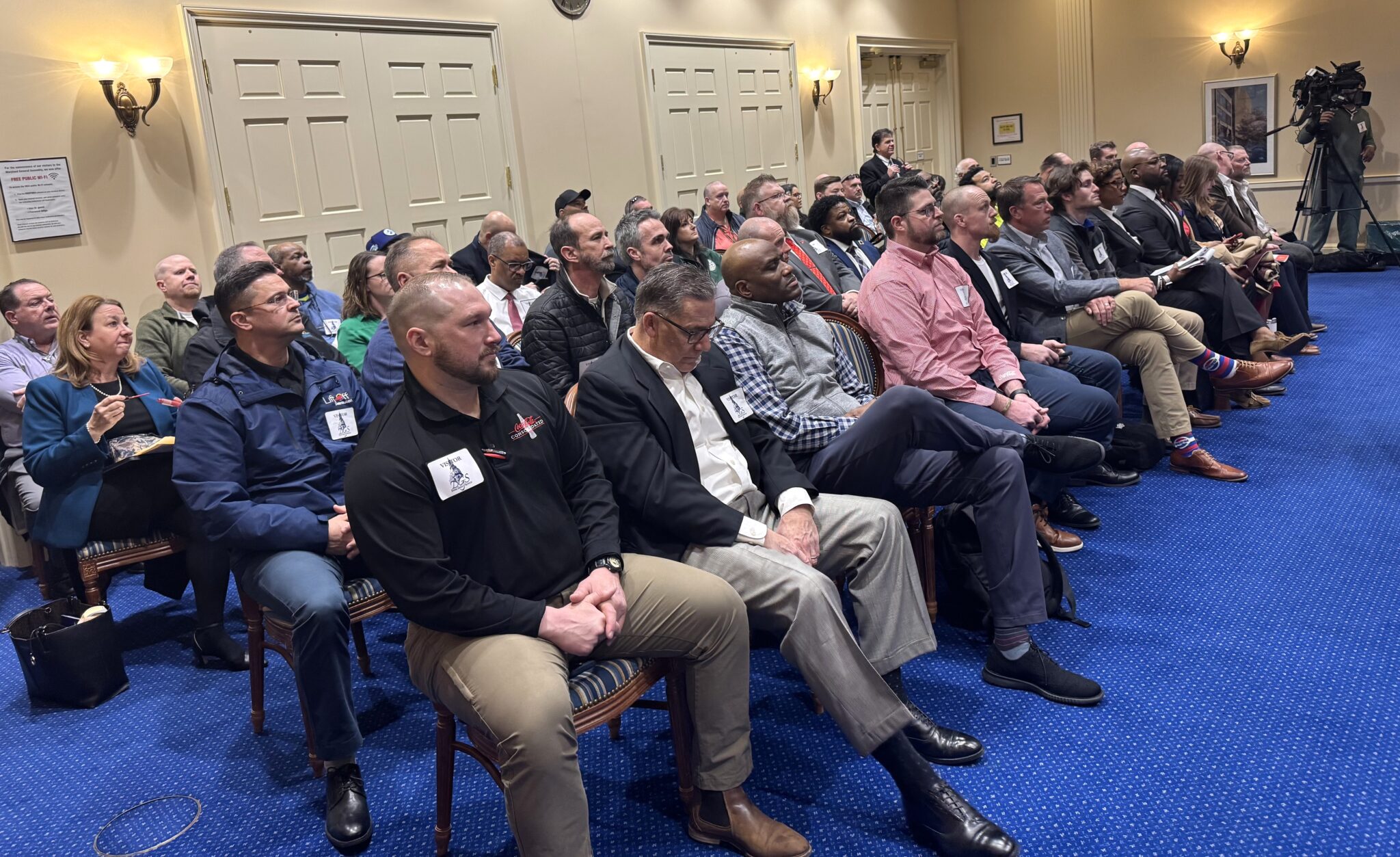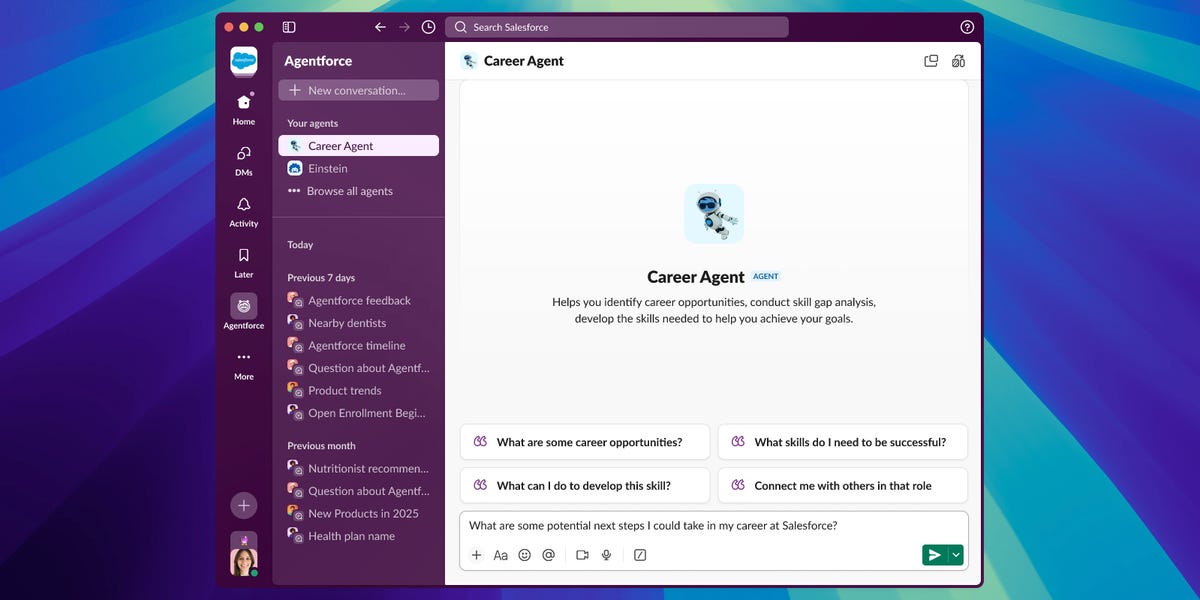Breaking: Adobe Signals Shift, Dumps Diversity Hiring Targets
Business
2025-04-01 17:01:39Content

In a significant shift reflecting broader tech industry trends, Adobe has decided to move away from its previous diversity, equity, and inclusion (DEI) hiring targets. The creative software giant is following in the footsteps of tech giants Google and Meta, who have also scaled back their diversity-focused recruitment strategies.
This strategic pivot comes amid a broader reevaluation of corporate diversity initiatives in the technology sector. Adobe's decision signals a potential cooling of aggressive diversity hiring practices that were prominent in recent years. The company appears to be recalibrating its approach to workforce diversity, moving from strict numerical targets to potentially more nuanced inclusion strategies.
While specific details of Adobe's new approach remain limited, the move suggests a growing trend among major tech companies to reassess their DEI programs. This shift occurs against a backdrop of economic uncertainty and changing workplace dynamics, with companies increasingly focusing on merit-based hiring and overall organizational effectiveness.
Industry observers are closely watching how this change might impact tech workforce representation and corporate inclusion efforts. The transition highlights the complex challenges companies face in balancing diversity goals with operational priorities in today's competitive business landscape.
As the tech industry continues to evolve, Adobe's decision represents a notable moment in the ongoing dialogue about workplace diversity and inclusion strategies.
Tech Giants Reshape Workforce: The Evolving Landscape of Corporate Diversity Strategies
In the rapidly transforming world of corporate America, technology companies are navigating a complex terrain of workplace diversity, challenging long-standing approaches to inclusion and representation. As major players like Adobe, Google, and Meta recalibrate their diversity, equity, and inclusion (DEI) initiatives, the tech industry finds itself at a critical crossroads of organizational transformation and strategic workforce development.Reimagining Workplace Diversity in the Digital Era
The Shifting Paradigm of Corporate Inclusion
The technology sector is experiencing a profound metamorphosis in its approach to workforce diversity. Companies are moving beyond traditional diversity hiring targets, recognizing the need for more nuanced and holistic strategies. This shift represents more than a simple policy change; it's a fundamental reevaluation of how organizations conceptualize talent acquisition, employee development, and organizational culture. Historically, tech companies have relied on quantitative metrics to demonstrate their commitment to diversity. Numerical targets for hiring underrepresented groups became a standard practice, signaling corporate social responsibility. However, recent developments suggest a more sophisticated approach is emerging, one that prioritizes meaningful integration and genuine opportunities for professional growth over mere statistical representation.Economic and Strategic Considerations
The recalibration of DEI efforts is not occurring in a vacuum. Economic pressures, changing regulatory landscapes, and evolving workplace dynamics are compelling companies to reassess their diversity strategies. Tech giants are recognizing that true inclusivity requires more than checkbox approaches, demanding comprehensive cultural transformations that go beyond surface-level interventions. Financial constraints and market volatility have also played a significant role in this strategic pivot. Companies are seeking more sustainable and measurable approaches to diversity that align with broader organizational objectives. This means moving from rigid quotas to more flexible, merit-based frameworks that emphasize individual potential and organizational needs.Technological Innovation and Workforce Diversity
The intersection of technological innovation and workforce diversity presents a complex narrative. As artificial intelligence and machine learning become increasingly sophisticated, the tech industry is grappling with the imperative of creating diverse teams that can develop unbiased, inclusive technological solutions. Emerging research suggests that diverse teams are more likely to generate innovative solutions, challenge existing paradigms, and create technologies that serve broader populations. By reimagining diversity not as a compliance requirement but as a strategic advantage, companies can unlock unprecedented potential for creativity and problem-solving.Legal and Ethical Implications
The transformation of DEI strategies raises critical legal and ethical questions. While companies are moving away from strict hiring quotas, they must simultaneously ensure they are not inadvertently creating new forms of systemic exclusion. This delicate balance requires sophisticated approaches that recognize individual merit while remaining committed to creating equitable opportunities. Legal experts are closely monitoring these shifts, understanding that the future of workplace diversity will likely be shaped by nuanced interpretations of existing anti-discrimination laws and emerging best practices in talent management.Global Perspectives on Workplace Inclusion
The changes observed in American tech companies are reverberating globally, prompting international organizations to reconsider their approaches to workforce diversity. This is not merely a regional trend but part of a broader reevaluation of how companies conceptualize talent, potential, and organizational culture. Different cultural contexts will undoubtedly influence how these strategies are implemented, but the underlying principle remains consistent: creating workplaces that value individual contributions, foster innovation, and provide genuine opportunities for professional development.RELATED NEWS
Business

Fizzy Fury: Local Businesses Bubble Up Against Proposed Soda Tax Crackdown
2025-03-07 07:30:40







